the pitch shot is really one of the easiest shots in golf but if you're not set up correctly this shot can leave you trembling in fear anytime you get on a tight lie or anywhere around the green where a lot of finesse and delicate touch is required I'm going to show you how to make this shot super super simple today so you never have to struggle with it again and today we're just going to talk about the setup in this video because the setup is going to predetermine so many things that are so critical in the short game when it comes to hitting a proper pitch shot there's a couple things that you really want to think about one is your angle of attack your angle of attack is one of the primary determining factors of the quality of shot and the result that you're going to get out of it most golfers set themselves up in such a way that their angle of attack with the club is going to be very steep and very sharp and when you do that that's going to require that you catch that ball just perfectly and it's going to be very hard that you don't get a lot of grass or dirt in between the club face and the ball which brings us to our second point and that is spin control certain pitch shots you want a lot of spin certain pitch shots you don't want much spin spin is primarily determined by the angle of attack the club face angle and the speed at which you hit the ball now of course you can throw some contamination factors in there like when you come in too steep and you get a lot of grass between you and the ball that's going to take away spin by contrary if you come in too shallow and actually hit up on the ball you're going to blade it and that's going to put no spin on the ball and you're going to blade it across the green so how do we get all of these complicated factors to work together for us really really simply well one is setting up to the ball completely different than what you've probably been taught in the past and that is with the ball more up in your stance when people are taught to pitch like this with the shaft leaning well forward the problem with this is what are you doing to your angle of attack and the loft on the club well this 56 degree wedge has now become a pitching wedge if that it's got maybe 45 48 degrees of loft on it i want all of that loft on there because i need that for spin if i have more loft on the club i can swing faster which will create more friction between the club face and the ball which will create more spin and it'll keep me from sticking the club in the ground when the shaft is vertical because the bounce of the wedge is what's going to strike the ground first the bounce is going to allow the club to glide through the grass rather than this leading edge acting like a knife and digging into it so first things first we've got to get our ball position right this is huge as i move the ball more up off my left end step rather than back here behind my right ankle you can see a huge change in the angle of the shaft this is now going to allow the club to bottom out like a grandfather clock nice and shallow and more importantly in the exact same spot every time so if i have the ball way back on my stance it's going to be really easy for me to do that stuff lay the sod over that's really embarrassing we don't want to do that stuff anymore so set up ball position off the left end step stance wise do you want to set up square open what have you you really want to set up pretty square again where this open stance stuff came from was having the ball way back in your stance you don't need to do that when you're set up to the ball correctly with the shaft more upright you're going to set up more square it makes this a lot easier to figure out where you're swinging the club and where you're aiming and to keep a more consistent path into the ball the last thing when it comes to setup is how far away do you set up to the ball from this view here a lot of times people want to get really far away and that gets the club face with the loft opening up and aiming to the left you actually want to set up a little bit closer to the ball than you normally would and do the opposite so that the toe of the club is slightly lower than the heel i'm not talking about like this but just slightly because that allows this toe of the club to slide through the grass and not catch and dig so this is another protection factor when you're set up like this it's really easy for the heel of the club to dig in if it's just slightly on its toe and you're stood to the ball just slightly closer than you normally would then no matter what it's really easy for the club face to glide through the turf and not worry about laying the slot over so to recap ball up in your stance shaft vertical feet square slightly closer to the ball to get the club slightly more up on the toe the heel up in the air and really simple nice little chip shots pitch shots will be the result
Le pitch shot est vraiment l'un des coups les plus faciles au golf, mais si vous n'êtes pas correctement installé, ce coup peut vous faire trembler de peur à chaque fois que vous vous trouvez sur un mensonge serré ou n'importe où autour du green où beaucoup de finesse et de toucher délicat sont nécessaires. Je vais vous montrer comment rendre ce coup super super simple aujourd'hui pour que vous n'ayez plus jamais à vous battre avec lui et aujourd'hui, nous allons juste parler de la configuration dans cette vidéo parce que la configuration va prédéterminer tant de choses qui sont si critiques dans le jeu court quand il s'agit de frapper un bon pitch shot il y a quelques choses auxquelles vous devez vraiment penser l'une est votre angle d'attaque votre angle d'attaque est l'un des principaux facteurs déterminants de la qualité du coup et du résultat que vous allez en tirer la plupart des golfeurs se mettent en place de telle manière que leur angle d'attaque avec le club va être très raide et très net et lorsque vous faites cela, cela va exiger que vous attrapiez cette balle parfaitement et il va être très difficile que vous n'ayez pas beaucoup d'herbe ou de terre entre le club face et la balle ce qui nous amène à notre deuxième point et c'est le contrôle de l'effet certains coups de pitch vous voulez beaucoup d'effet certains coups de pitch vous ne voulez pas beaucoup d'effet l'effet est principalement déterminé par l'angle d'attaque l'angle de la face du club et la vitesse à laquelle vous frappez la balle maintenant bien sûr vous pouvez y ajouter des facteurs de contamination comme quand vous arrivez trop raide et que vous avez beaucoup d'herbe entre vous et la balle qui va enlever l'effet au contraire si vous arrivez trop peu profond et frappez la balle vous allez la lame et cela ne va pas mettre d'effet sur la balle et vous allez la lame à travers le green alors comment pouvons-nous faire fonctionner tous ces facteurs compliqués ensemble pour nous vraiment très simplement eh bien l'un est une mise en place de la balle complètement différente de ce que vous avez probablement appris dans le passé et c'est avec la balle plus haute dans votre position quand les gens apprennent à lancer comme ça avec le manche penché bien en avant le problème avec cela est que vous faites à votre angle d'attaque et le loft sur le club eh bien ce wedge de 56 degrés est maintenant devenu un pitching wedge si cela il a peut-être 45 48 degrés de loft dessus, je veux tout ce loft là-dessus parce que j'en ai besoin pour l'effet si j'ai plus de loft sur le club, je peux swinguer plus vite ce qui créera plus de friction entre la face du club et la balle ce qui créera plus d'effet et cela m'empêchera de planter le club dans le sol lorsque le manche est vertical parce que le rebond du wedge est ce qui va frapper le sol en premier le rebond va permettre au club de glisser à travers l'herbe plutôt que ce bord d'attaque agissant comme un couteau et s'y creusant donc tout d'abord nous devons avoir notre position de balle correctement c'est énorme car je déplace la balle plus haut sur mon pas d'extrémité gauche plutôt que là derrière ma cheville droite vous pouvez voir un énorme changement dans l'angle du manche cela va maintenant permettre au club de toucher le fond comme une horloge de grand-père bien et peu profond et plus important encore exactement au même endroit à chaque fois donc si j'ai la balle bien en arrière sur mon stance ce sera vraiment facile pour moi de faire ce genre de choses poser le gazon dessus c'est vraiment embarrassant nous ne voulons pas pour faire ce genre de choses, alors configurez la position de la balle à l'extrémité gauche, en fonction de la position, voulez-vous vous mettre en place carré ouvert, qu'avez-vous, vous voulez vraiment vous mettre en place assez carré à nouveau, d'où vient ce truc de position ouverte, c'est d'avoir la balle bien en arrière dans votre position, vous n'avez pas besoin de faire ça quand vous êtes correctement placé par rapport à la balle avec le manche plus droit, vous allez vous mettre en place plus carré, cela rend cela beaucoup plus facile de déterminer où vous balancez le club et où vous visez et de garder un chemin plus cohérent vers la balle la dernière chose quand il s'agit de la configuration est à quelle distance vous vous placez par rapport à la balle de cette vue ici, souvent les gens veulent aller très loin et cela obtient la face du club avec le loft ouvert et visant vers la gauche, vous voulez en fait vous mettre en place un peu plus près de la balle que vous le feriez normalement et faire l'inverse pour que la pointe du club soit légèrement plus basse que le talon, je ne parle pas comme ça mais juste légèrement parce que cela permet à la pointe du club de glisser dans l'herbe et de ne pas attraper et creuser donc c'est une autre protection facteur lorsque vous êtes configuré comme cela, il est vraiment facile pour le talon du club de s'enfoncer s'il est juste légèrement sur sa pointe et que vous êtes debout par rapport à la balle juste légèrement plus près que vous ne le feriez normalement, alors peu importe ce qui se passe, il est vraiment facile pour la face du club de glisser à travers le gazon et de ne pas se soucier de poser la fente dessus, donc pour récapituler la balle dans votre position, le manche vertical du pied est légèrement plus proche de la balle pour que le club soit légèrement plus haut sur la pointe, le talon en l'air et de très simples petits coups d'approche et de pitch seront le résultat
El tiro de pitch es realmente uno de los tiros más fáciles en el golf, pero si no se prepara correctamente, este tiro puede dejarlo temblando de miedo en cualquier momento en que llegue a una posición apretada o en cualquier lugar alrededor del green donde se requiera mucha fineza y un toque delicado. Hoy le mostraré cómo hacer este tiro súper simple para que nunca más tenga que luchar con él. Hoy solo vamos a hablar sobre la configuración en este video porque la configuración predeterminará muchas cosas que son tan críticas en el juego corto cuando se trata de pegar un tiro de pitch adecuado. Hay un par de cosas en las que realmente debe pensar: una es su ángulo de ataque, su ángulo de ataque es uno de los principales factores determinantes de la calidad del tiro y el resultado que obtendrá de él. La mayoría de los golfistas se preparan de tal manera que su ángulo de ataque con el palo será muy pronunciado y muy agudo, y cuando haga eso, requerirá que atrape la bola perfectamente y será muy difícil que no haya mucha hierba o tierra entre la La cara del palo y la bola, lo que nos lleva a nuestro segundo punto: el control del efecto. En ciertos tiros de lanzamiento, se busca mucho efecto. En ciertos tiros de lanzamiento, no se busca mucho efecto. El efecto se determina principalmente por el ángulo de ataque, el ángulo de la cara del palo y la velocidad a la que se golpea la bola. Por supuesto, se pueden incluir algunos factores de contaminación, como cuando se golpea con demasiada inclinación y hay mucha hierba entre la bola y tú, lo que le quitará efecto. Por el contrario, si se golpea con poca inclinación y se golpea la bola hacia arriba, se la va a cortar, lo que no le dará efecto y se la va a cortar a través del green. Entonces, ¿cómo logramos que todos estos factores complejos trabajen juntos para nosotros? De manera muy simple, uno es prepararse para la bola de manera completamente diferente a lo que probablemente se te ha enseñado en el pasado, y es con la bola más arriba en la postura. Cuando a la gente se le enseña a lanzar así, con la varilla inclinada hacia adelante, el problema con esto es qué se está haciendo con el ángulo de ataque y el loft del palo. Bueno, este wedge de 56 grados ahora se ha convertido en un pitching wedge. Tiene quizás 45 o 48 grados de loft. Quiero todo ese loft ahí porque lo necesito para el efecto. Si tengo más loft en el palo, puedo hacer un swing más rápido, lo que creará más fricción entre la cara del palo y la bola, lo que creará más efecto y evitará que clave el palo en el suelo cuando la varilla esté vertical porque el rebote del wedge es lo que va a golpear el suelo primero. El rebote permitirá que el palo se deslice por el césped en lugar de que este borde delantero actúe como un cuchillo y se clave en él. Así que primero lo primero, tenemos que conseguir la posición correcta de la bola. Esto es muy importante, ya que muevo la bola más arriba de mi escalón del extremo izquierdo en lugar de aquí atrás, detrás de mi tobillo derecho. Puedes ver un gran cambio en el ángulo de la varilla. Esto ahora va a permitir que el palo toque fondo como un reloj de pie, agradable y poco profundo, y lo más importante, exactamente en el mismo lugar cada vez. Así que si tengo la bola muy atrás en mi postura, me va a ser muy fácil hacer eso. Poner el césped encima. Eso es realmente vergonzoso. Ya no quiero hacer eso, así que coloca la bola en la posición del extremo izquierdo. En cuanto a la postura, ¿quieres colocarla cuadrada abierta? ¿Qué tienes? Realmente quieres colocarla bastante cuadrada. De donde viene esto de la postura abierta era tener la bola muy atrás en tu postura. No necesitas hacer eso cuando estás colocado correctamente con la varilla más vertical, vas a colocarla más cuadrada, lo que hace que sea mucho más fácil averiguar dónde estás balanceando el palo y hacia dónde estás apuntando y mantener una trayectoria más consistente hacia la bola. Lo último cuando se trata de la configuración es ¿a qué distancia te colocas de la bola desde esta vista? Muchas veces la gente quiere alejarse mucho y eso hace que la cara del palo se abra con el loft y apunte a la izquierda. En realidad, quieres colocarte un poco más cerca de la bola de lo normal y hacer lo contrario para que la punta del palo esté ligeramente más baja que el talón. No estoy hablando de así, sino solo ligeramente porque eso permite que la punta del palo se deslice por el césped y no se enganche ni se clave. Entonces, este es otro factor de protección cuando estás configurado de esta manera, es muy fácil que el talón del palo se clave si está ligeramente sobre la punta y estás parado cerca de la pelota un poco más cerca de lo que normalmente lo harías, entonces, pase lo que pase, es muy fácil que la cara del palo se deslice por el césped y no te preocupes por colocar la ranura. Para resumir, la pelota arriba en tu postura, la varilla vertical, los pies cuadrados un poco más cerca de la pelota para que el palo esté un poco más arriba sobre la punta, el talón en el aire y realmente simples, los pequeños y agradables tiros de chip, los tiros de pitch serán el resultado.
der Pitch-Schlag ist wirklich einer der einfachsten Schläge im Golf, aber wenn Sie nicht richtig aufgestellt sind, kann dieser Schlag Sie vor Angst zittern lassen, wenn Sie in eine enge Lage kommen oder irgendwo rund um das Grün, wo viel Finesse und Fingerspitzengefühl erforderlich ist. Ich werde Ihnen heute zeigen, wie Sie diesen Schlag super super einfach machen, damit Sie nie wieder damit kämpfen müssen und heute werden wir in diesem Video nur über das Setup sprechen, weil das Setup so viele Dinge vorbestimmt, die im kurzen Spiel so wichtig sind. Wenn es darum geht, einen richtigen Pitch-Schlag zu schlagen, gibt es ein paar Dinge, über die Sie wirklich nachdenken sollten. Eines ist Ihr Angriffswinkel. Ihr Angriffswinkel ist einer der wichtigsten Faktoren, die die Qualität des Schlags und das Ergebnis bestimmen, das Sie damit erzielen werden. Die meisten Golfer stellen sich so auf, dass ihr Angriffswinkel mit dem Schläger sehr steil und sehr spitz ist. Wenn Sie das tun, müssen Sie den Ball perfekt treffen und es wird sehr schwierig sein, nicht viel Gras oder Erde zwischen die Schlagfläche zu bekommen und der Ball, was uns zu unserem zweiten Punkt bringt, nämlich der Spinkontrolle. Bei bestimmten Pitch-Schlägen braucht man viel Spin, bei anderen Pitch-Schlägen nicht viel Spin. Der Spin wird in erster Linie durch den Angriffswinkel, den Winkel der Schlagfläche und die Geschwindigkeit bestimmt, mit der man den Ball schlägt. Natürlich kann es auch Faktoren geben, die den Spin beeinträchtigen, wenn man zu steil anschlägt und viel Gras zwischen sich und dem Ball ist. Im Gegensatz dazu schießt man zu flach an und schlägt den Ball mit der Blade-Technik, wodurch der Ball keinen Spin bekommt und über das Grün geschlagen wird. Wie bekommen wir also all diese komplizierten Faktoren dazu, für uns zusammenzuarbeiten? Ganz einfach: Erstens muss man sich dem Ball gegenüber völlig anders aufstellen, als man es wahrscheinlich in der Vergangenheit gelernt hat, nämlich mit dem Ball weiter oben in der Haltung. Wenn man den Leuten beibringt, so zu pitchen, mit dem Schaft weit nach vorne geneigt, ist das Problem, was man mit dem Angriffswinkel und dem Loft des Schlägers macht. Nun, dieses 56-Grad-Wedge ist jetzt ein Pitching-Wedge geworden, wenn das es hat vielleicht 45 bis 48 Grad Loft und ich will den ganzen Loft da haben, weil ich das für den Spin brauche. Wenn ich mehr Loft auf dem Schläger habe, kann ich schneller schwingen, was mehr Reibung zwischen der Schlagfläche und dem Ball erzeugt, was mehr Spin erzeugt und es verhindert, dass ich den Schläger im Boden feststecke, wenn der Schaft vertikal ist, weil der Bounce des Wedges zuerst auf den Boden trifft. Der Bounce ermöglicht es dem Schläger, durch das Gras zu gleiten, anstatt dass sich die Vorderkante wie ein Messer verhält und sich hineingräbt. Also müssen wir als Erstes die richtige Ballposition finden. Das ist enorm wichtig, wenn ich den Ball weiter nach oben von meinem linken Schritt bewege, anstatt hier hinten hinter meinem rechten Knöchel. Sie können eine große Veränderung im Winkel des Schafts sehen. Dadurch kann der Schläger jetzt wie eine Standuhr schön flach aufsetzen und, was noch wichtiger ist, jedes Mal genau an der gleichen Stelle. Wenn ich den Ball also weit hinten auf meinem Stand habe, wird es für mich wirklich einfach sein, das zu tun. Legen Sie den Rasen darüber. Das ist wirklich peinlich, wir wollen das nicht mehr machen, also nimm die Ballposition vom linken Ende aus ein, was die Schritthaltung angeht, willst du quadratisch, offen oder was auch immer aufstellen? Du willst wirklich ziemlich quadratisch aufstellen, der Grund für diese offene Haltung war, dass der Ball weit hinten in deiner Haltung war. Das musst du nicht machen, wenn du richtig zum Ball aufgestellt bist und der Schaft aufrechter steht, stellst du dich quadratischer auf. Das macht es viel einfacher herauszufinden, wohin du den Schläger schwingst und wohin du zielst und einen gleichmäßigeren Weg zum Ball zu haben. Das Letzte, was die Aufstellung angeht, ist, wie weit du vom Ball entfernt bist. Von dieser Ansicht hier aus wollen die Leute oft wirklich weit weg sein und das führt dazu, dass sich die Schlagfläche mit dem Loft öffnet und nach links zielt. Eigentlich willst du dich etwas näher am Ball aufstellen als du es normalerweise tun würdest und das Gegenteil tun, sodass die Spitze des Schlägers etwas niedriger ist als die Ferse. Ich rede nicht so, sondern nur ein bisschen, weil das der Spitze des Schlägers erlaubt, zu gleiten durch das Gras und nicht hängen bleiben und graben, das ist also ein weiterer Schutzfaktor, wenn Sie so aufgestellt sind, ist es wirklich einfach für die Ferse des Schlägers, sich einzugraben, wenn er nur leicht auf der Spitze ist und Sie stehen zum Ball nur ein wenig näher, als Sie es normalerweise tun würden, dann ist es, egal was passiert, wirklich einfach für die Schlagfläche, durch den Rasen zu gleiten und Sie müssen sich keine Sorgen machen, den Schlitz zu verlegen, also, um den Ball in Ihrer Haltung hochzuhalten, Schaft vertikal, Füße quadratisch etwas näher zum Ball, um den Schläger etwas weiter oben auf der Spitze zu haben, die Ferse in der Luft und wirklich einfache, schöne kleine Chip-Schläge, Pitch-Schläge werden das Ergebnis sein
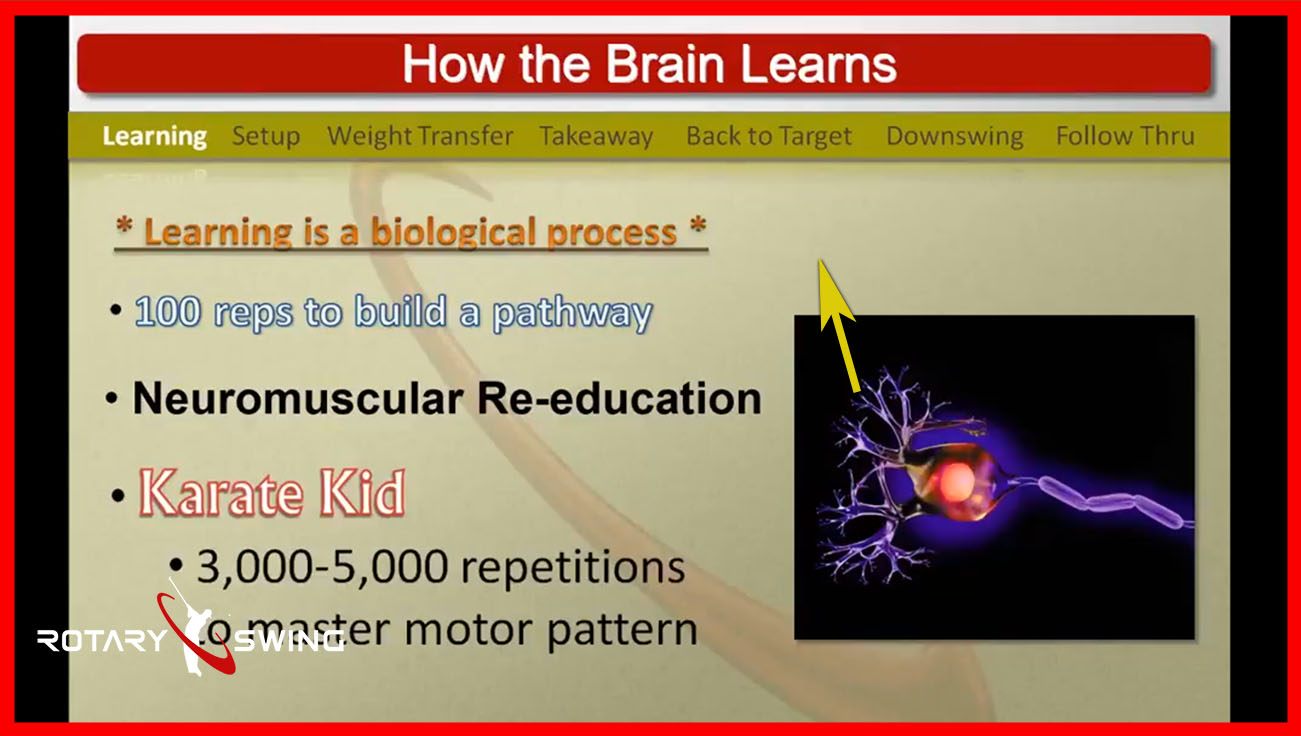

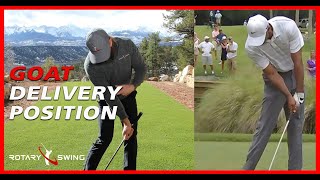

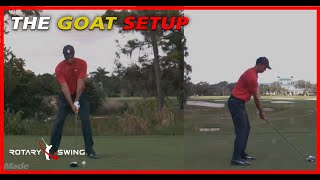
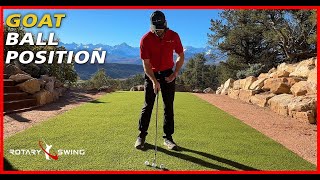
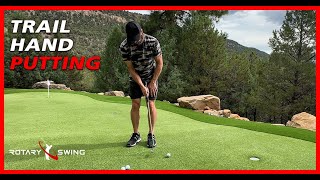




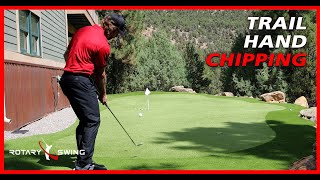
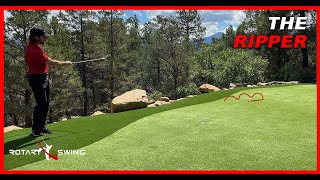


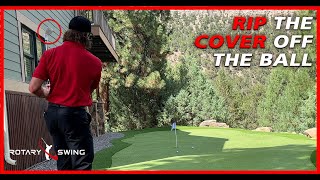
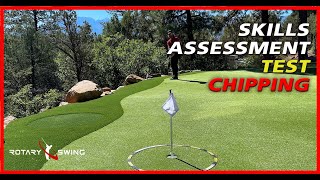
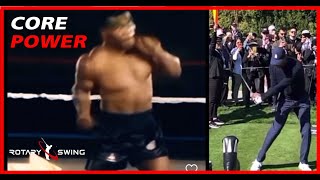
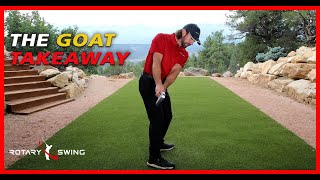
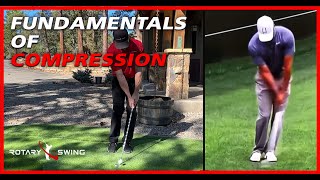

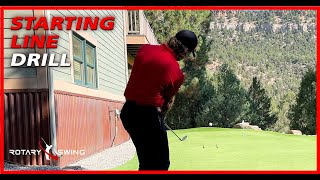

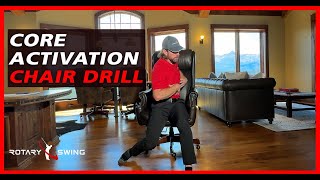
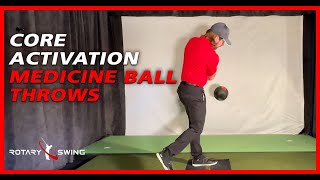
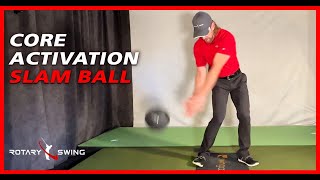

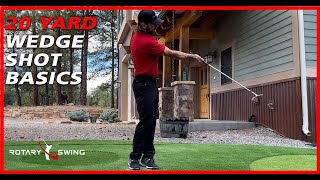
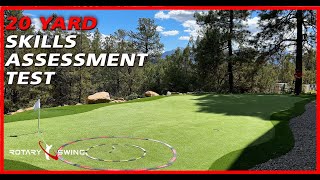

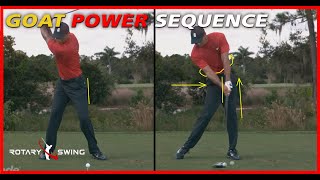
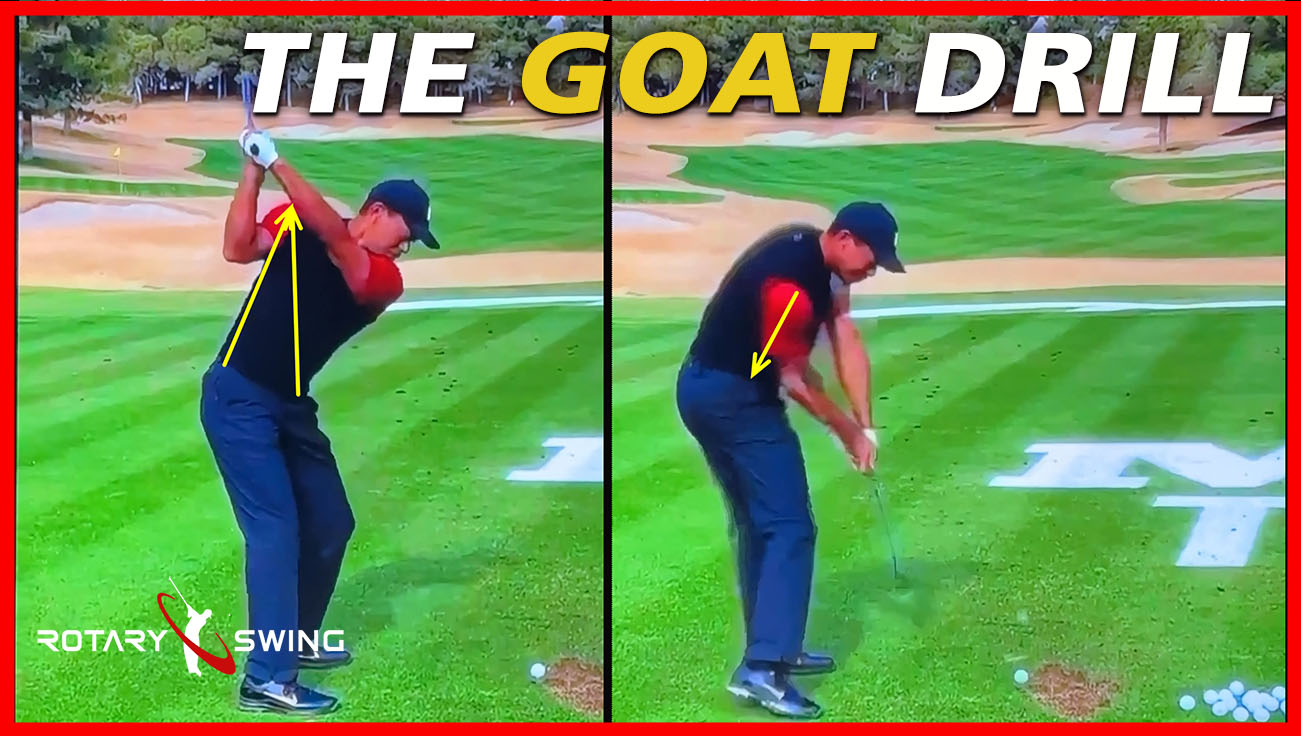
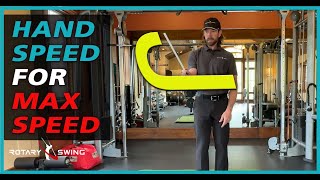

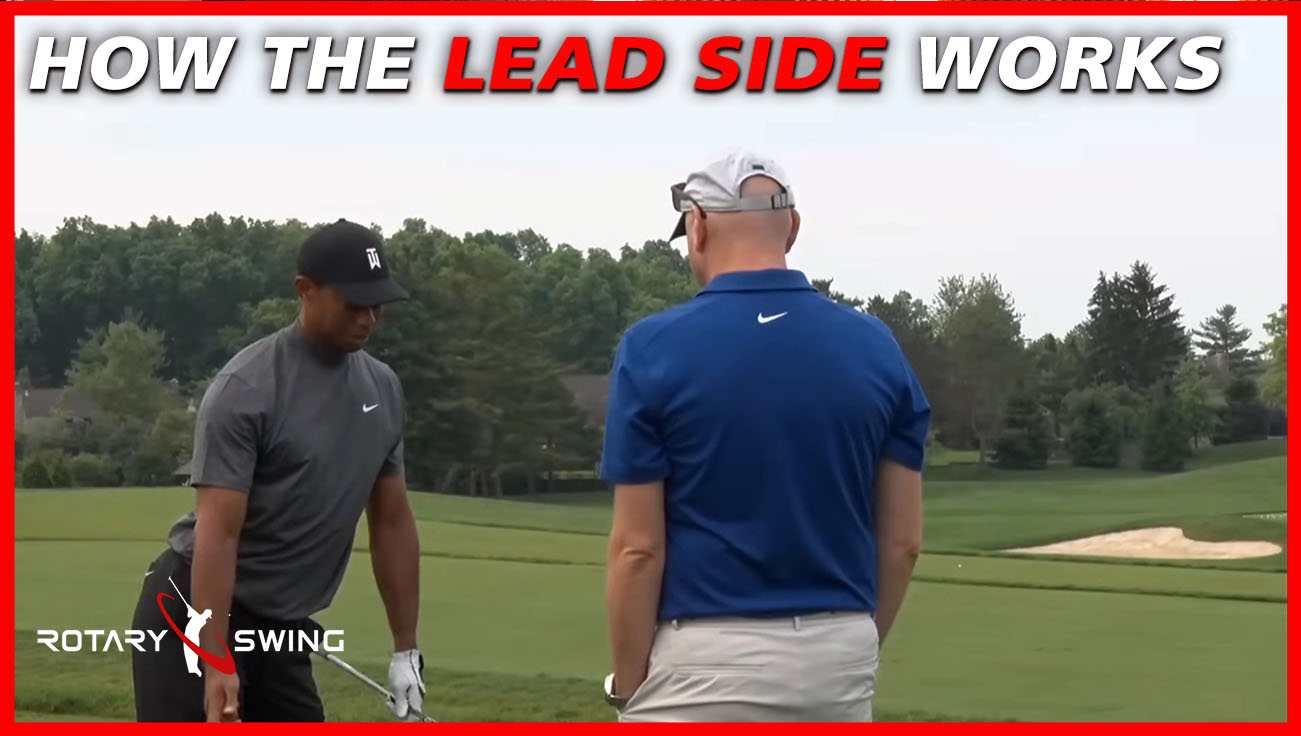
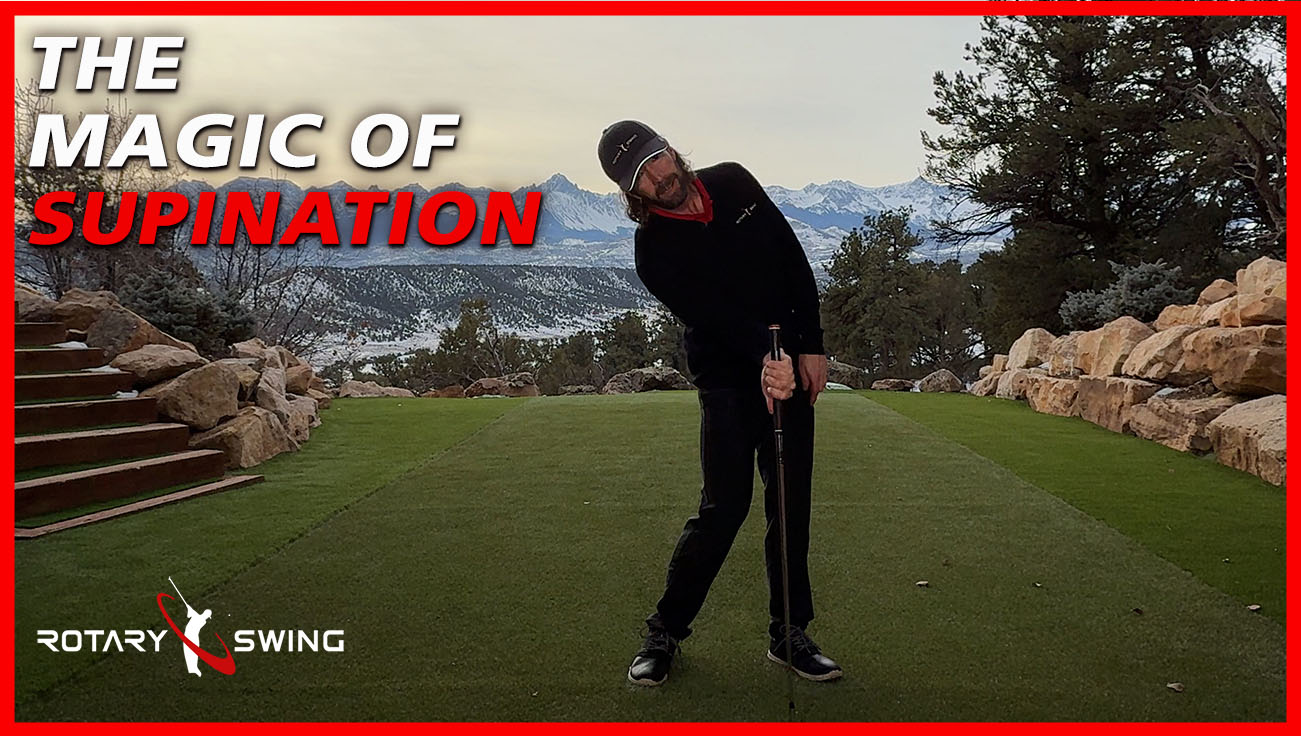

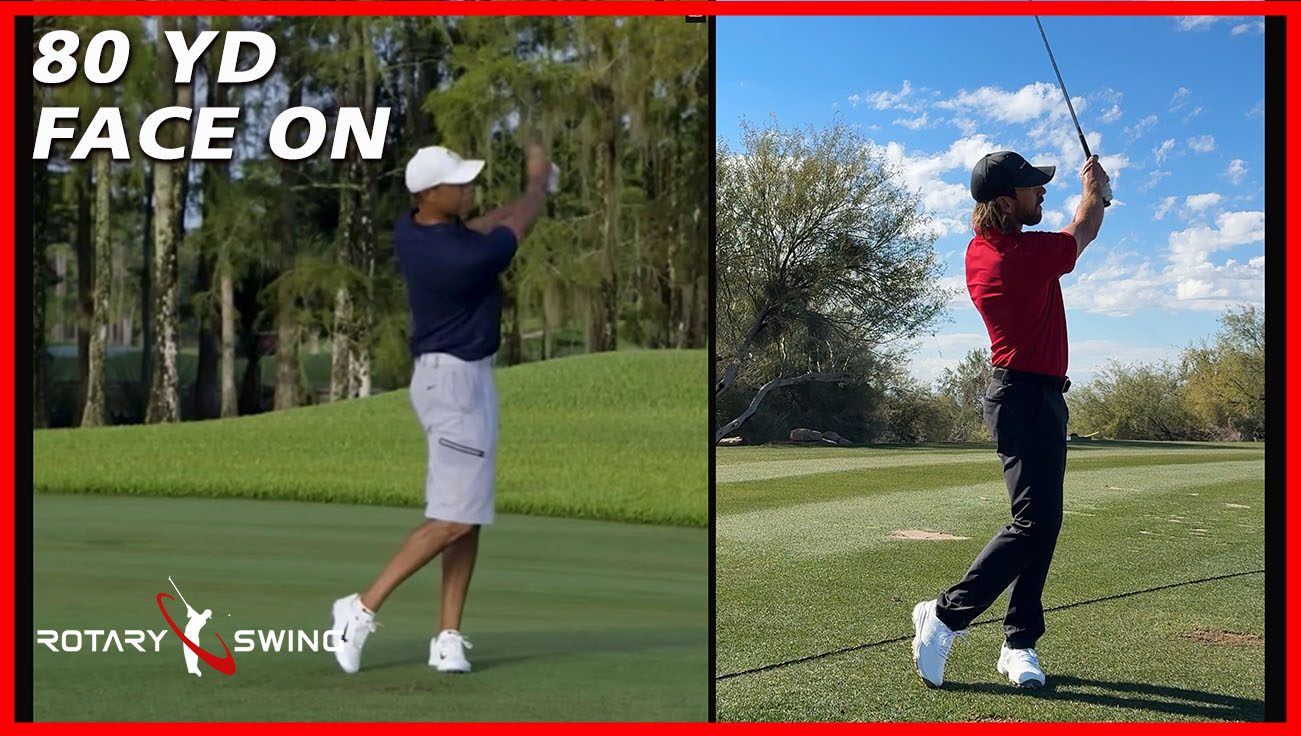
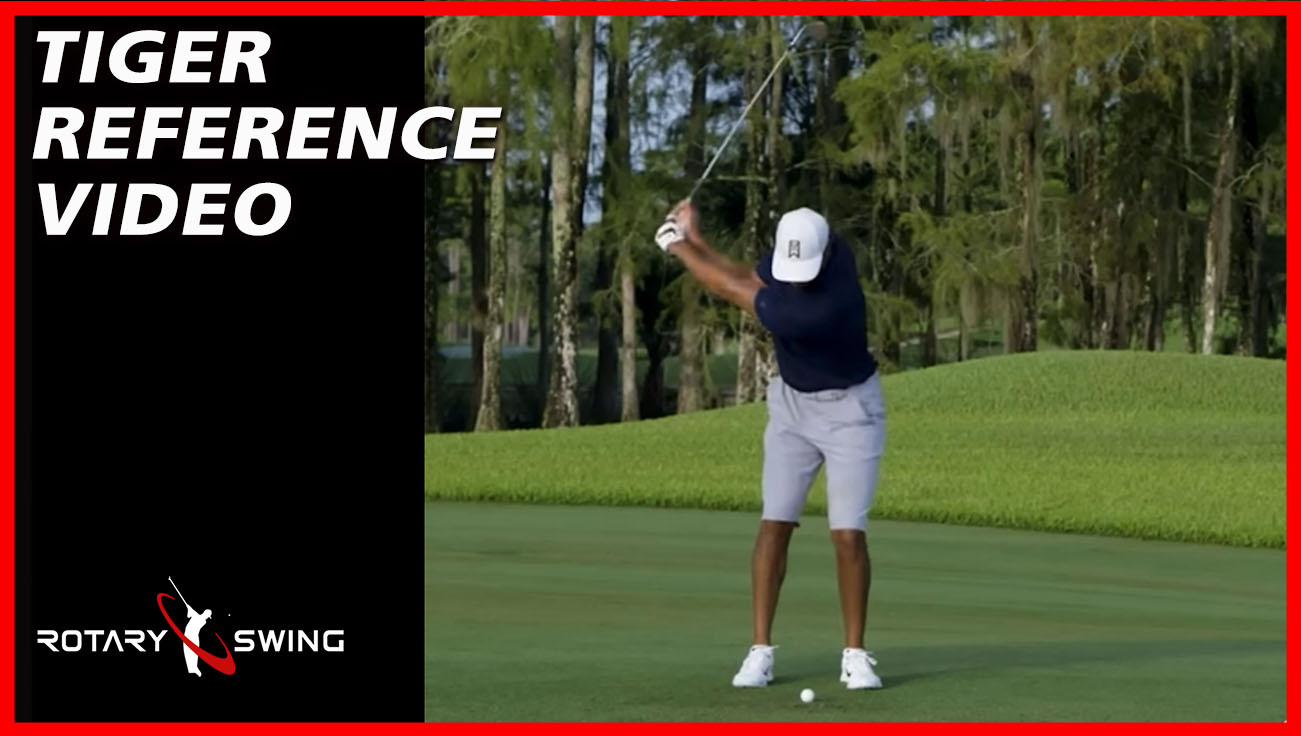

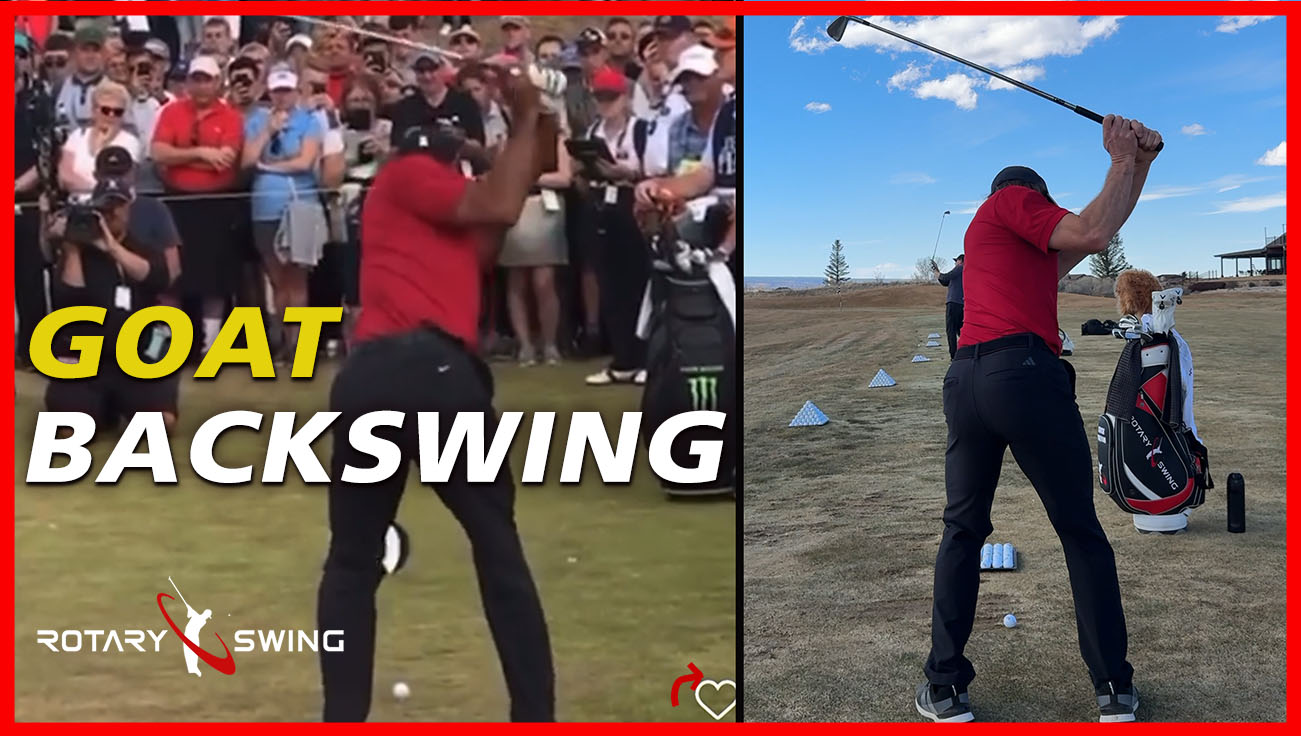
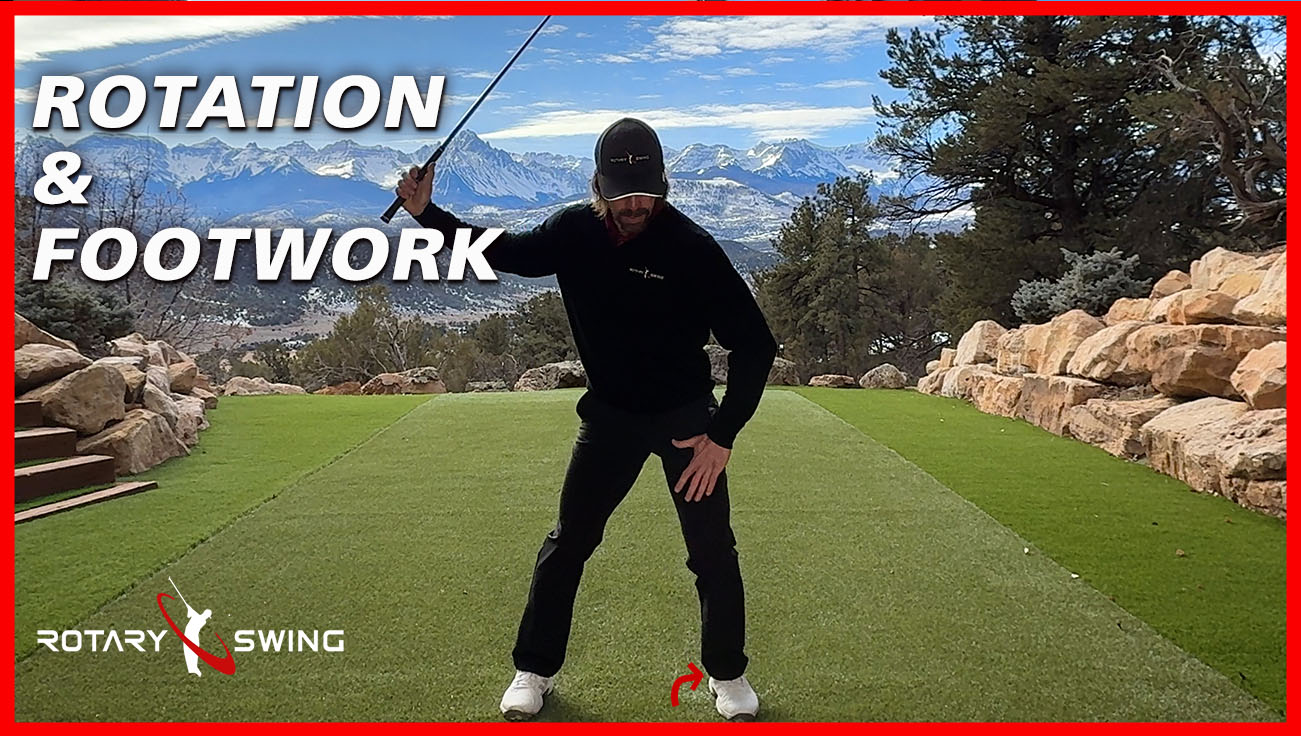
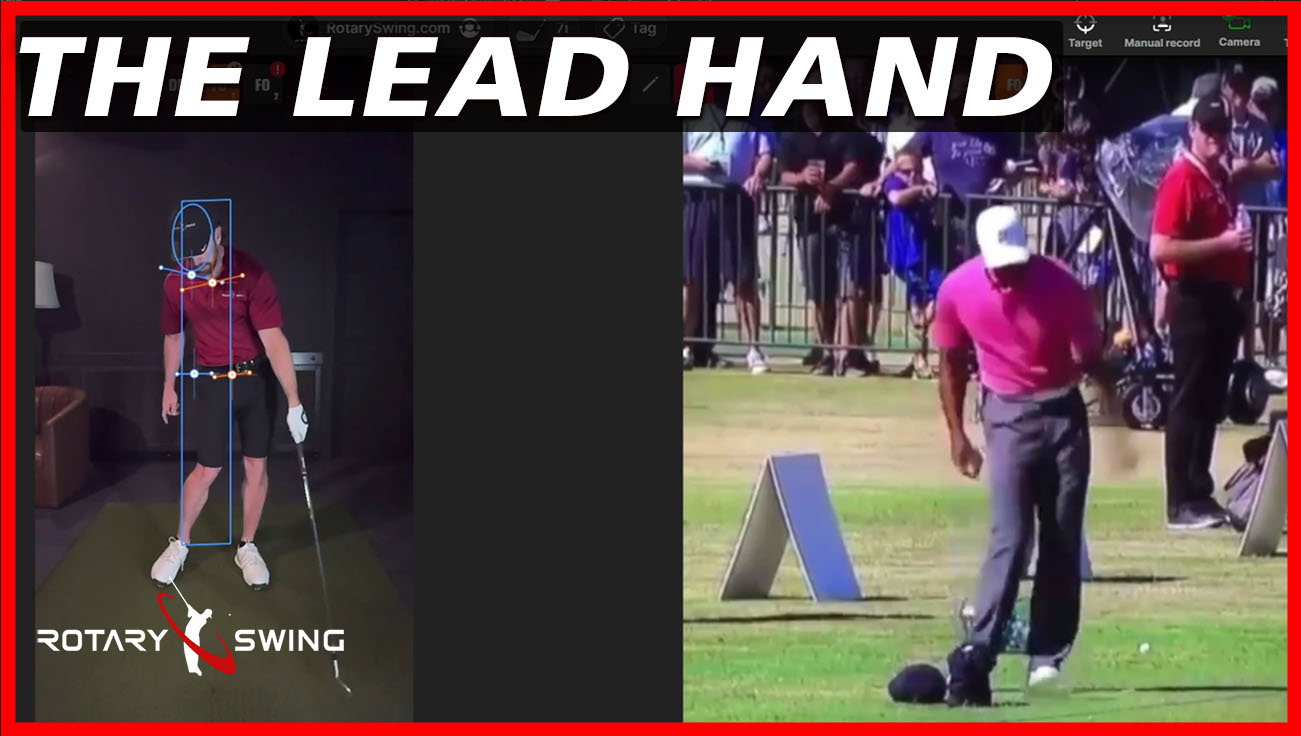
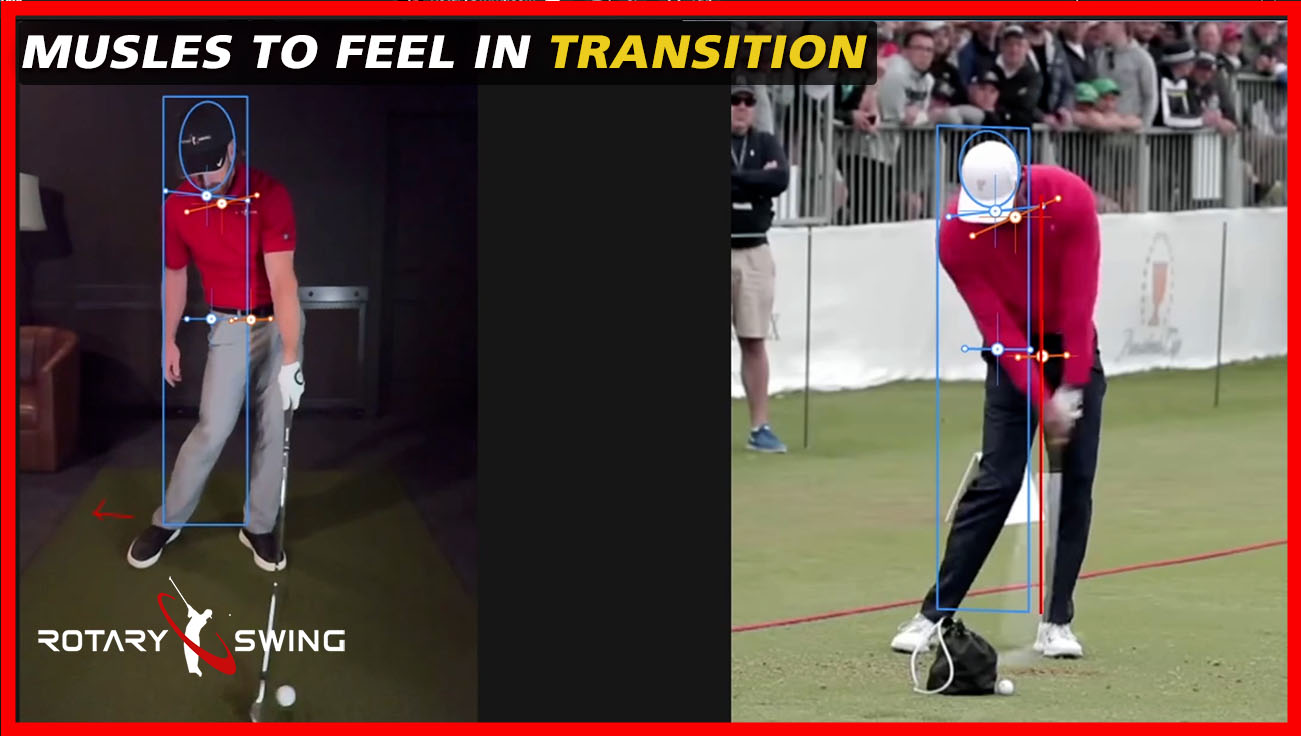
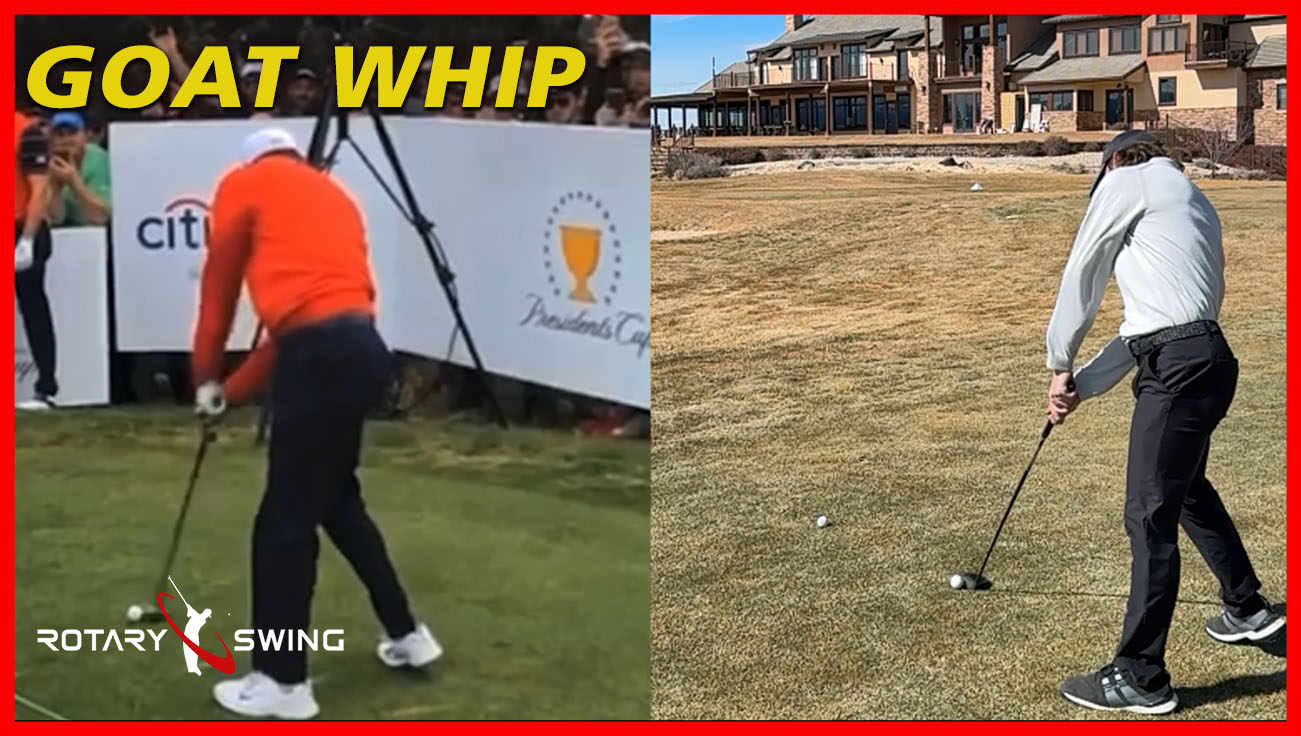
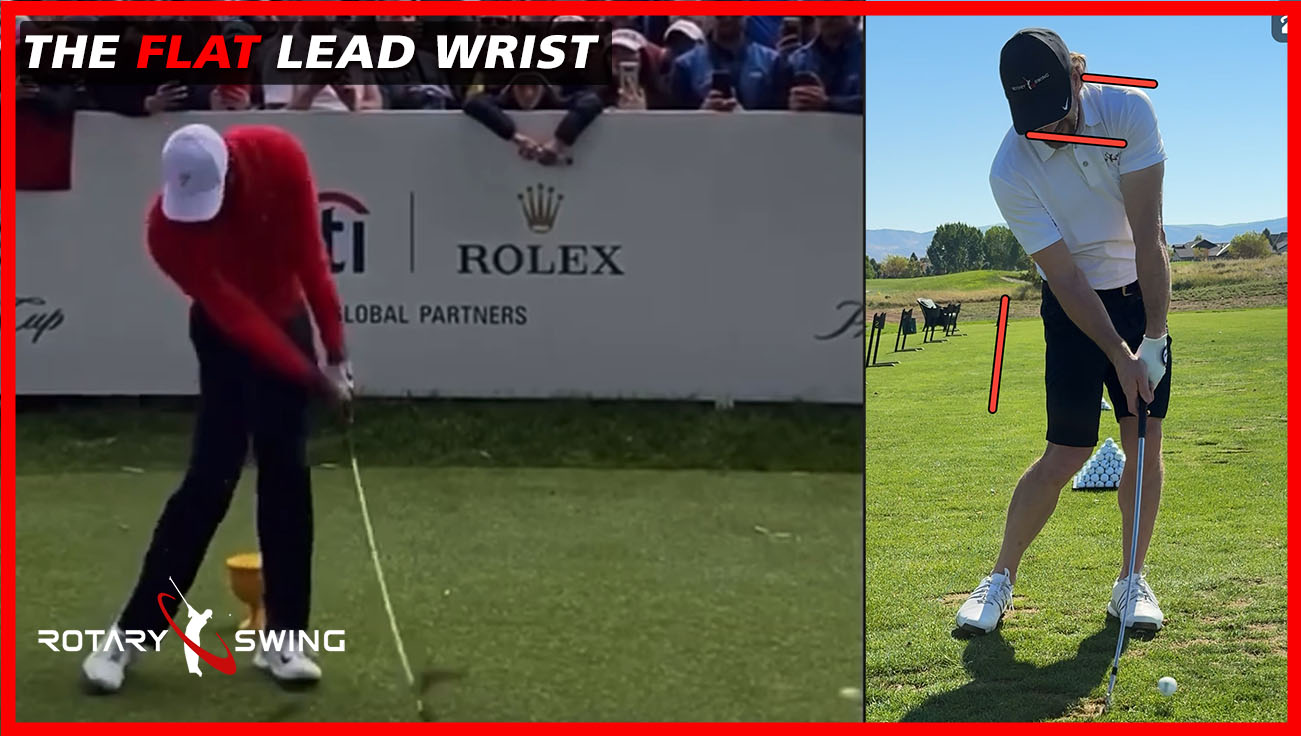
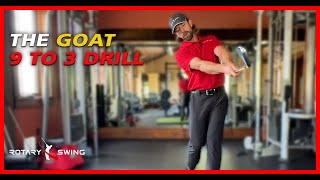
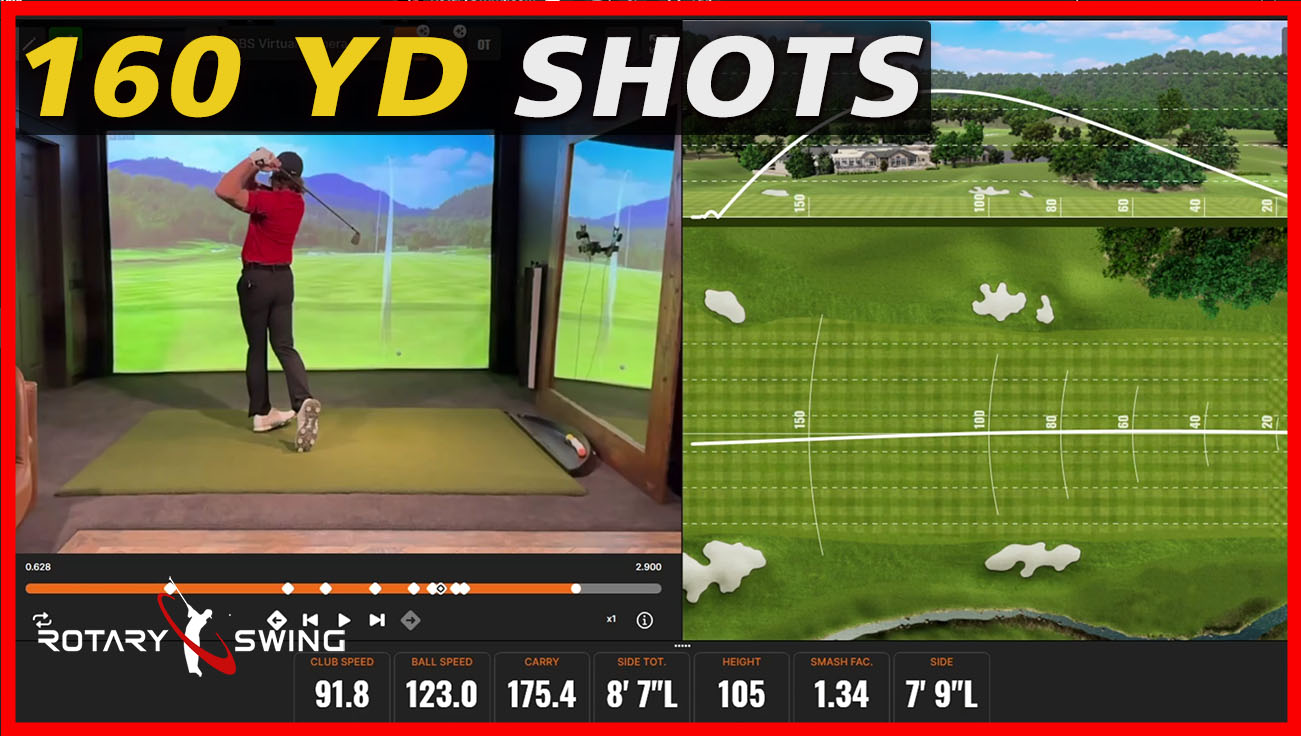
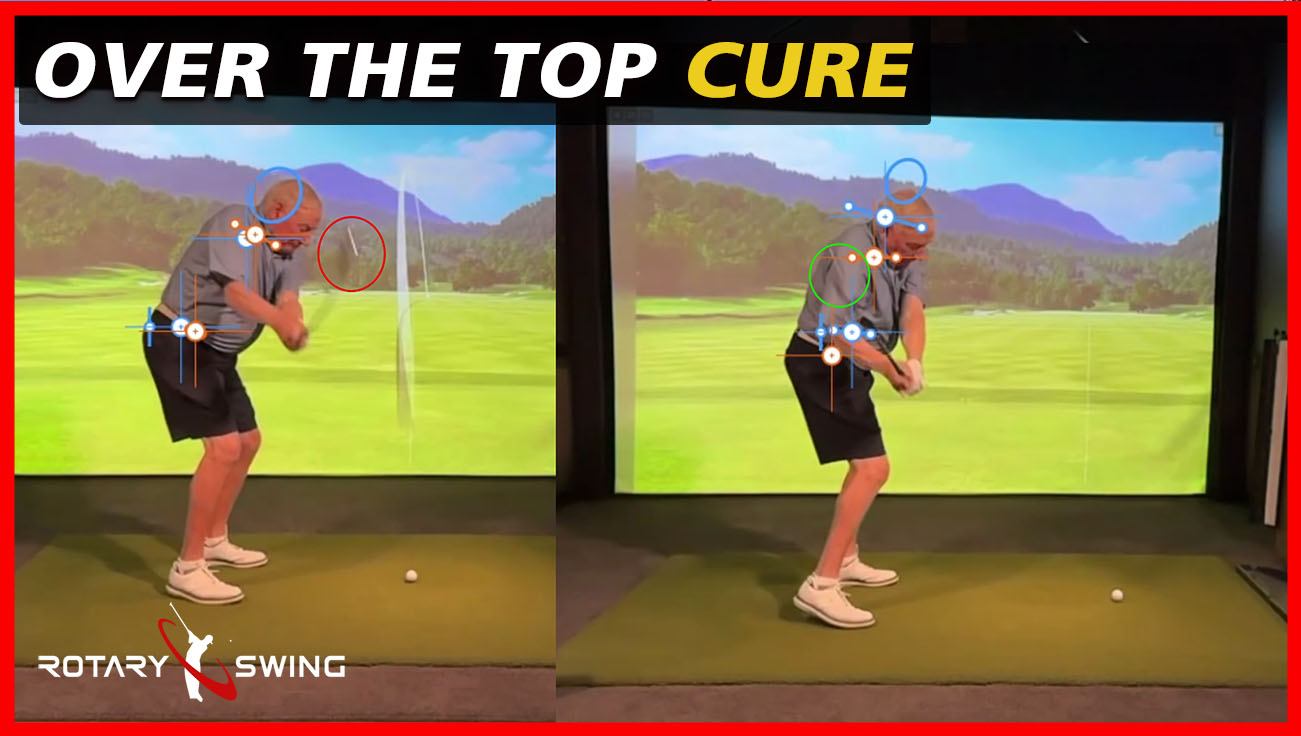

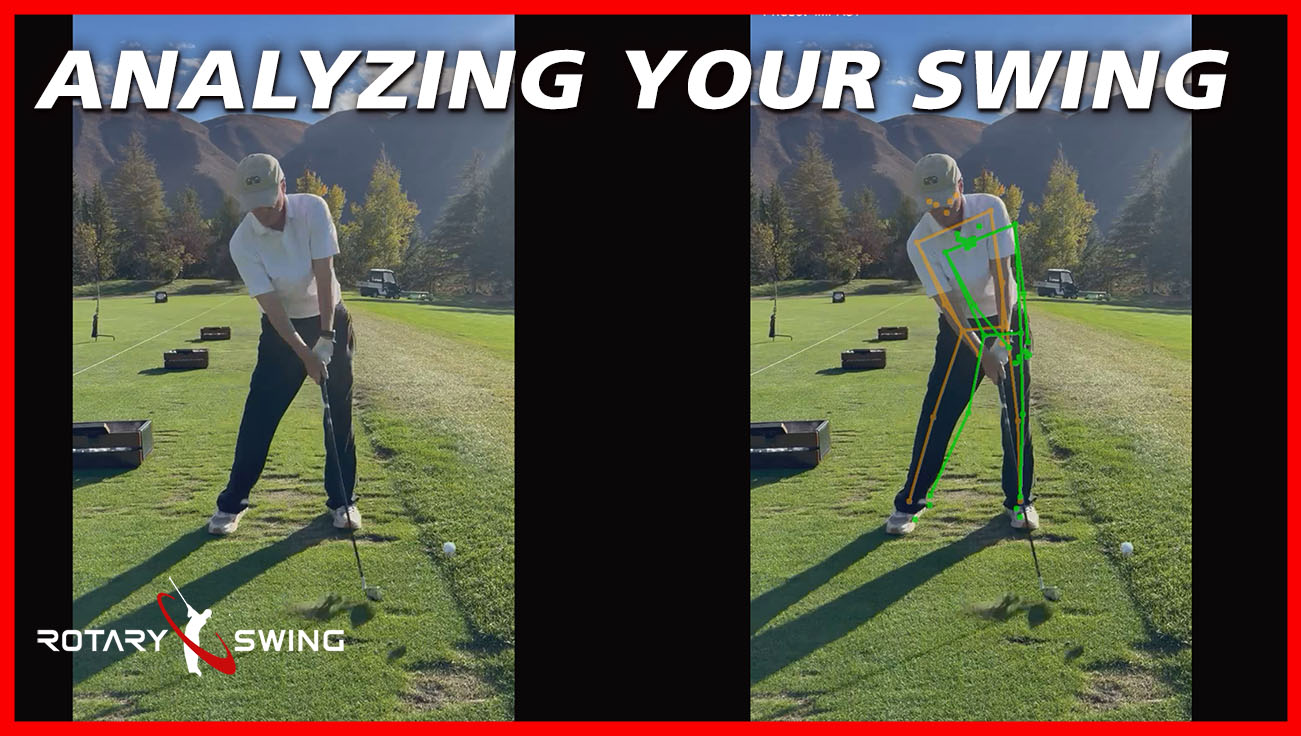
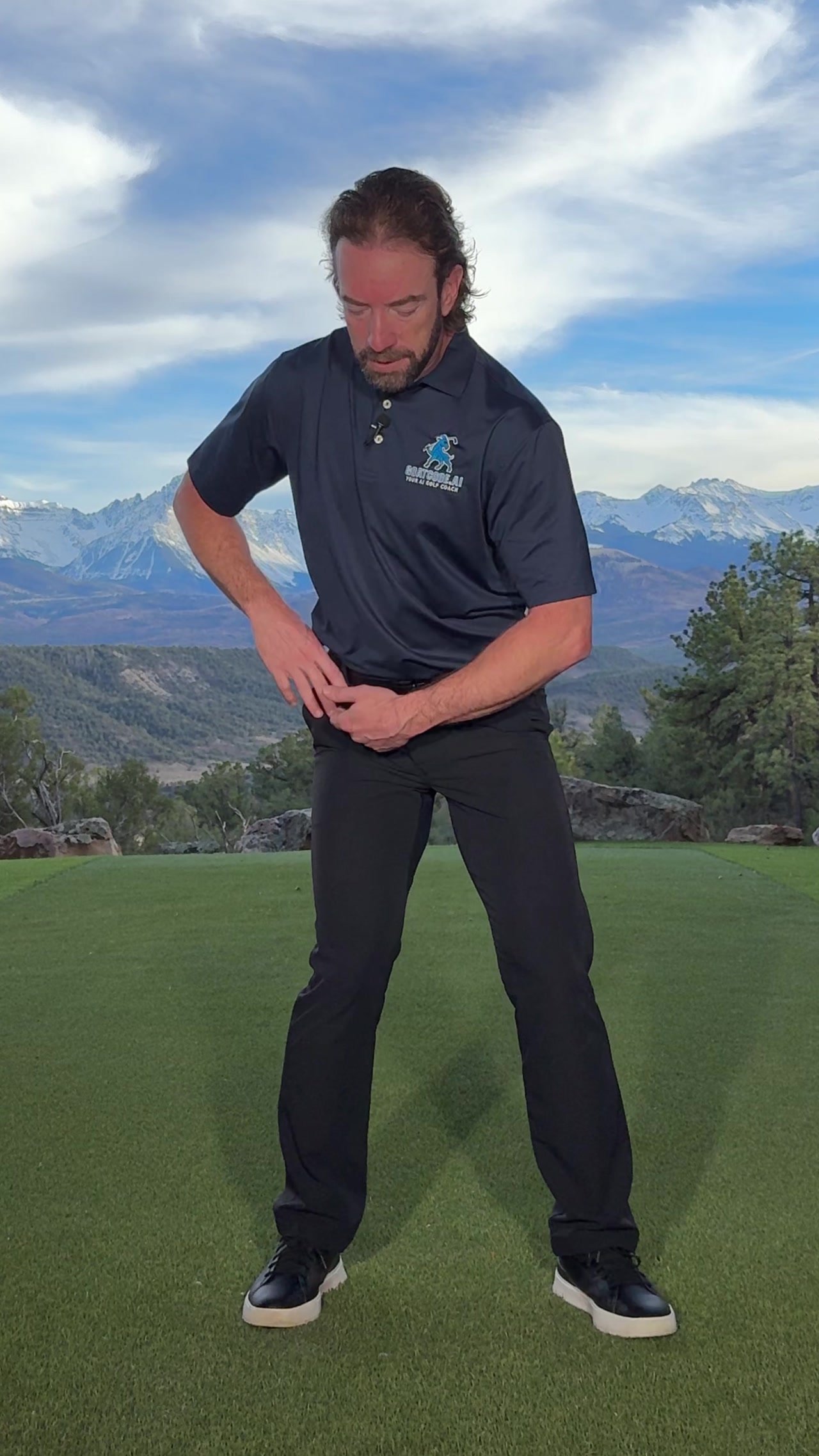
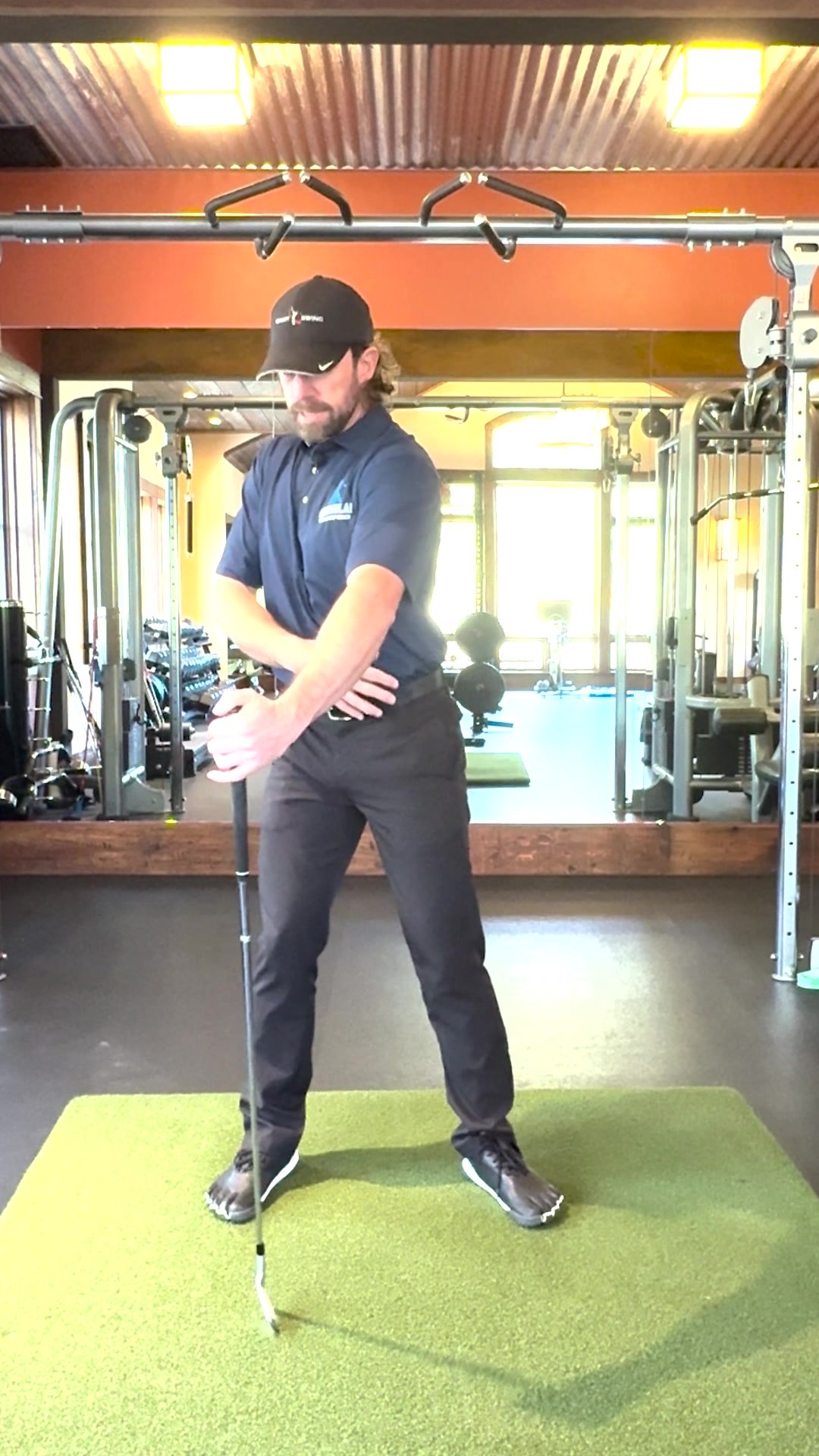
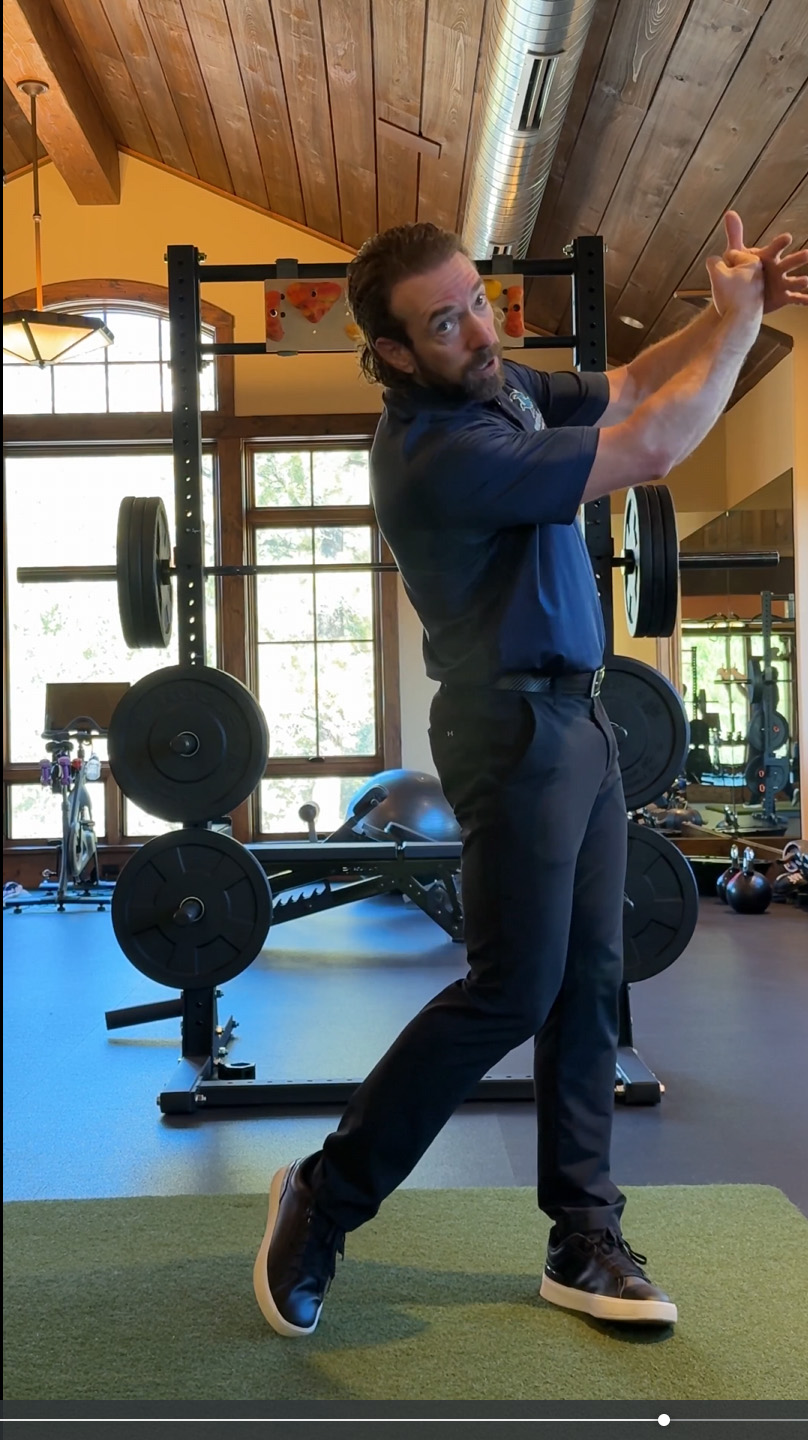

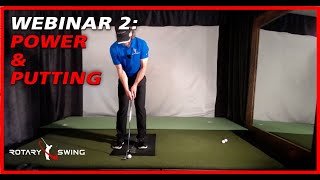
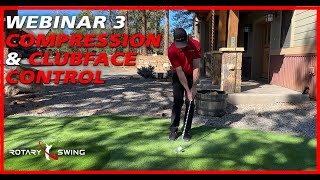
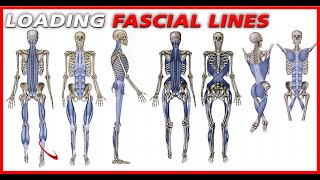
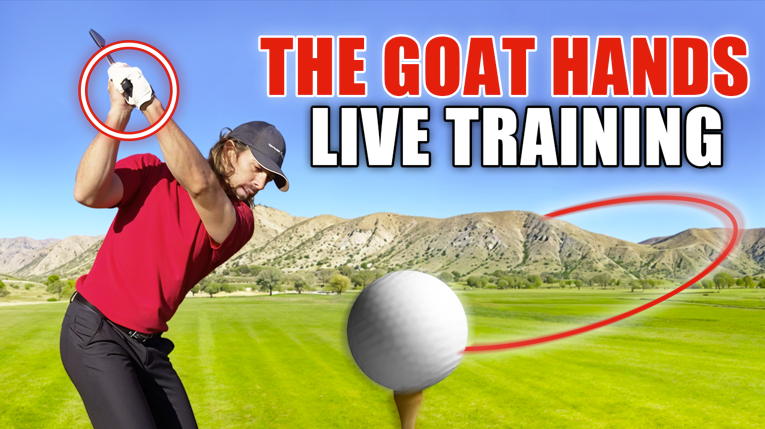

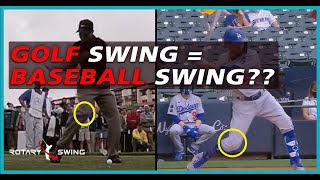
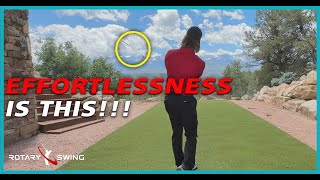

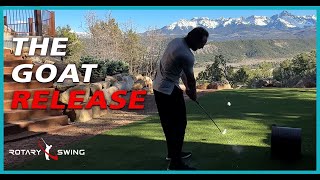
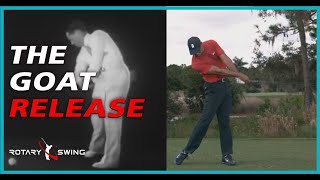
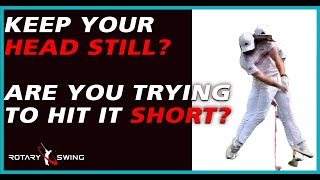

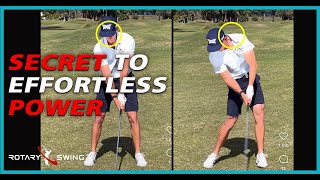
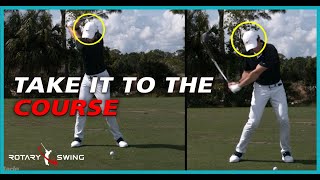

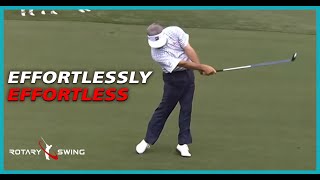

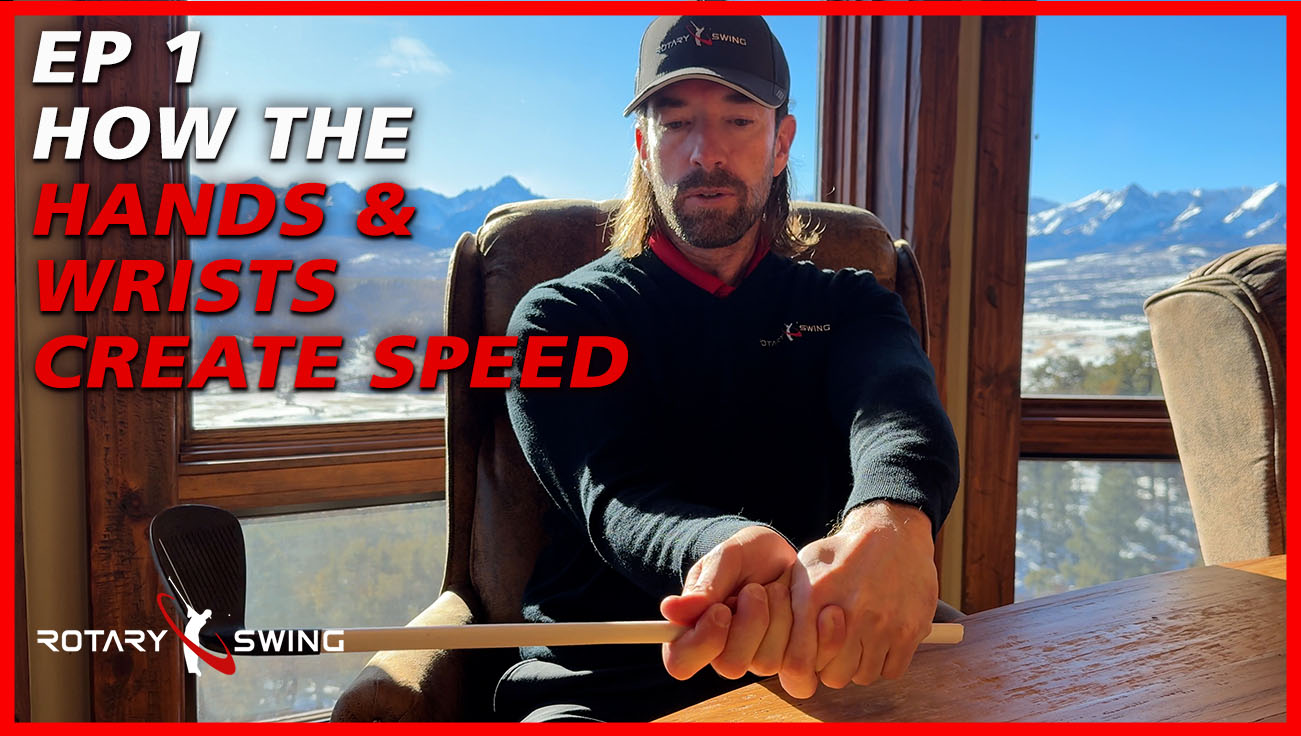

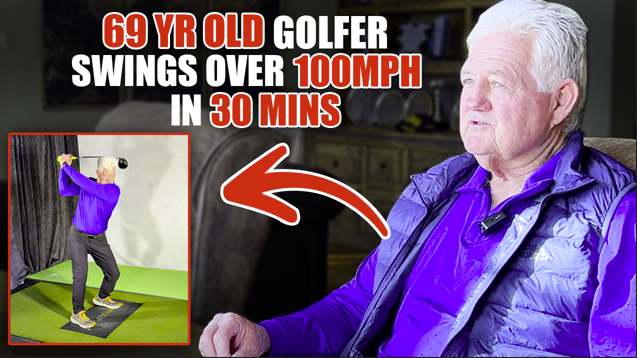

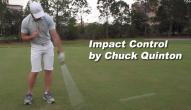
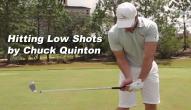

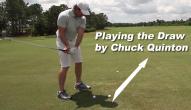
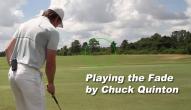
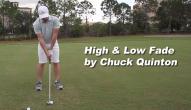
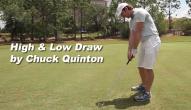




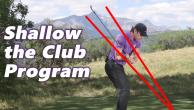
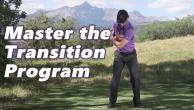

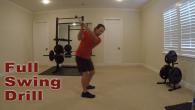

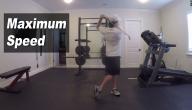
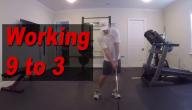
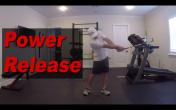
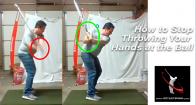
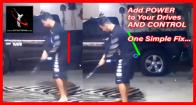
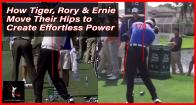
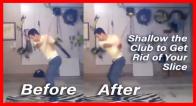

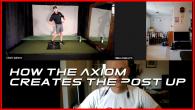
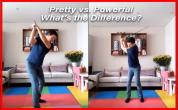

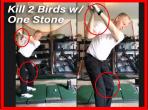
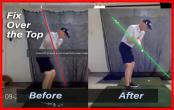
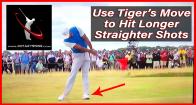

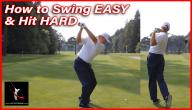
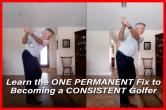
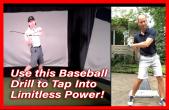
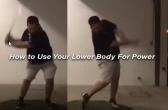
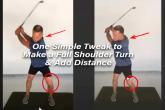
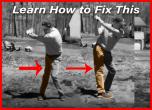
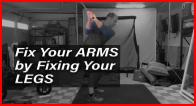
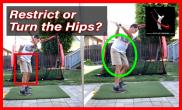
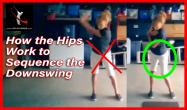

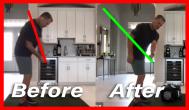
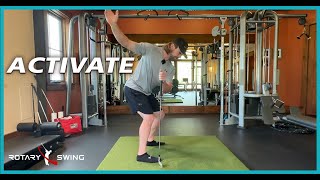


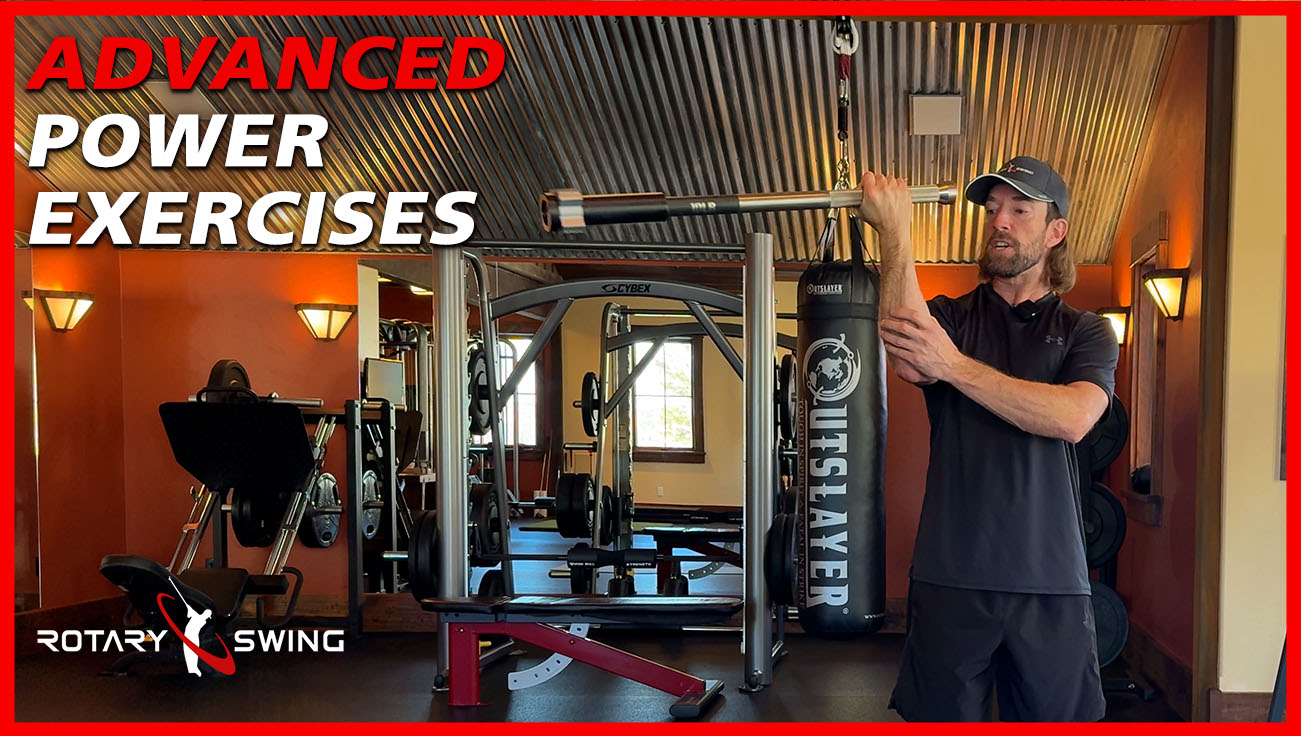
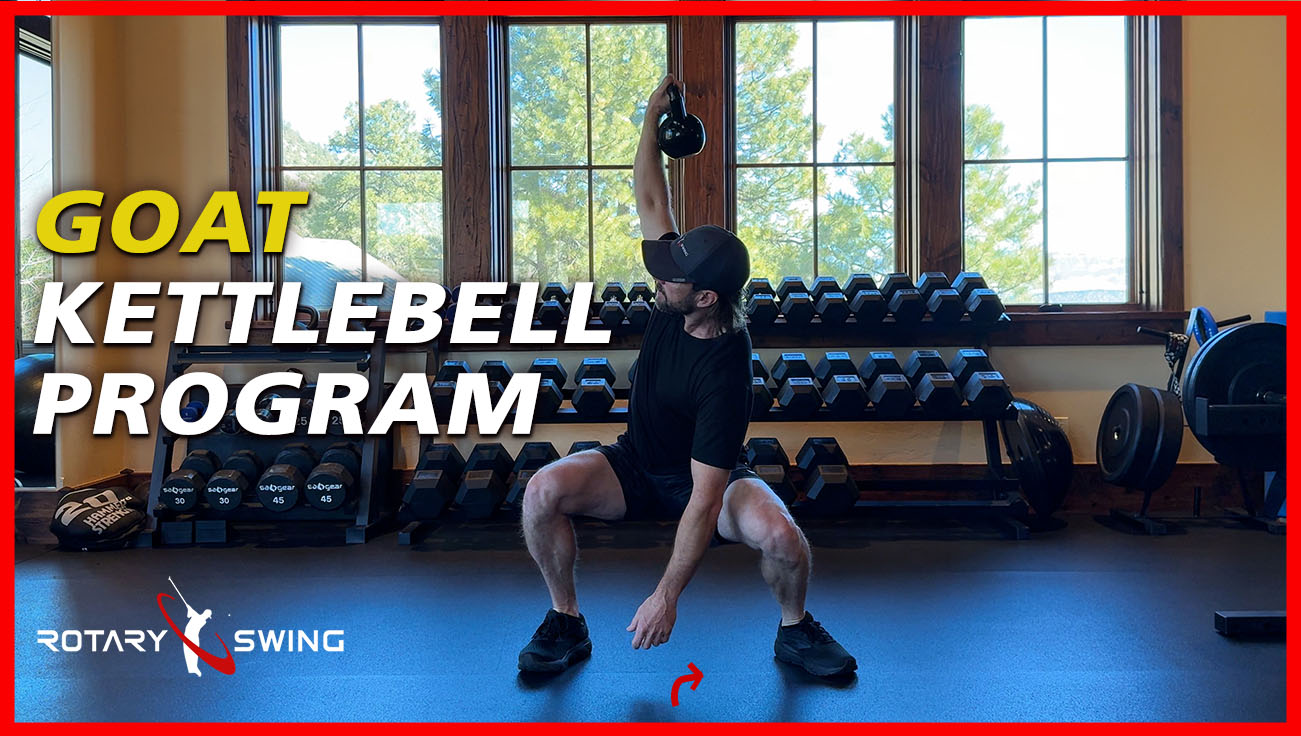

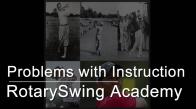
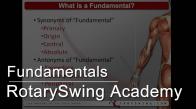

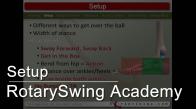




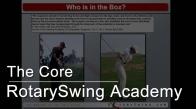
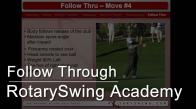





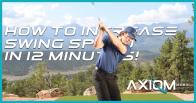



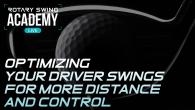



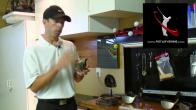
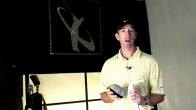
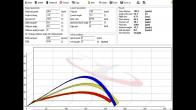
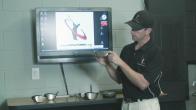
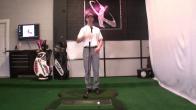

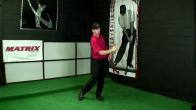
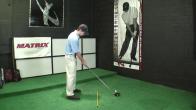
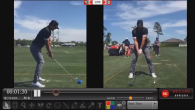
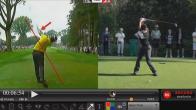
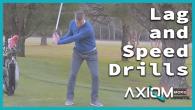
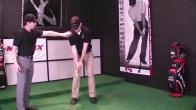
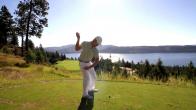

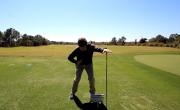
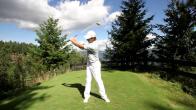

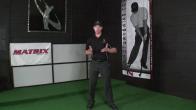

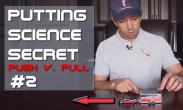
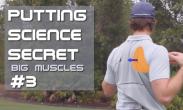
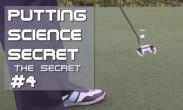
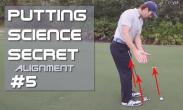
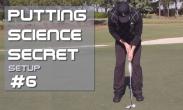
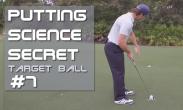
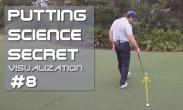

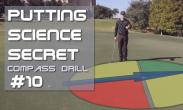
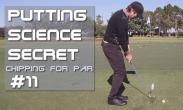
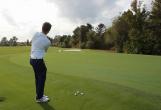

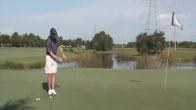
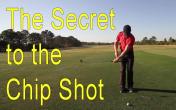
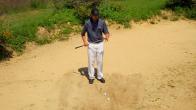
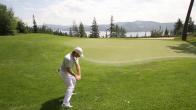
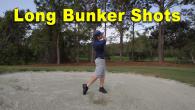

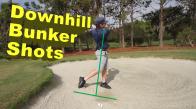
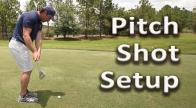

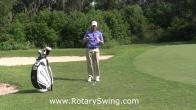
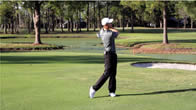
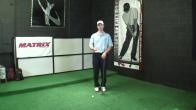


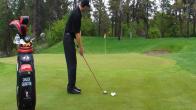
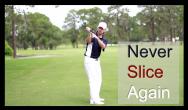
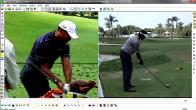
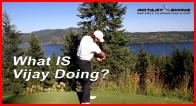
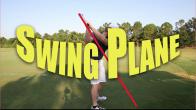

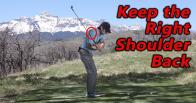






Jayden
Craig (Certified RST Instructor)
Ronald
Craig (Certified RST Instructor)
Stefan
Craig (Certified RST Instructor)
Tom
Craig (Certified RST Instructor)
Matthew
Craig (Certified RST Instructor)
Matthew
Craig (Certified RST Instructor)
Matthew
Craig (Certified RST Instructor)
Matthew
Craig (Certified RST Instructor)
Matthew
Craig (Certified RST Instructor)
Terry
Craig (Certified RST Instructor)
Thaddieus
Craig (Certified RST Instructor)
James
James
Craig (Certified RST Instructor)
James
Craig (Certified RST Instructor)
James
Craig (Certified RST Instructor)
James
Christopher
Craig (Certified RST Instructor)
A J
Craig (Certified RST Instructor)
A J
Dennis
Craig (Certified RST Instructor)
Dennis
Craig (Certified RST Instructor)
Dennis
Craig (Certified RST Instructor)
Greg
Craig (Certified RST Instructor)
Donald
Chris (Certified RST Instructor)
Rudy
Chris (Certified RST Instructor)
Chris
Craig (Certified RST Instructor)
Richard
Craig (Certified RST Instructor)
Scott
Craig (Certified RST Instructor)
Travis
Craig (Certified RST Instructor)
wan
Craig (Certified RST Instructor)
Mark
Craig (Certified RST Instructor)
Michael
Chris (Certified RST Instructor)
James
Chris (Certified RST Instructor)
Marc
Chris (Certified RST Instructor)
Roger
Chris (Certified RST Instructor)